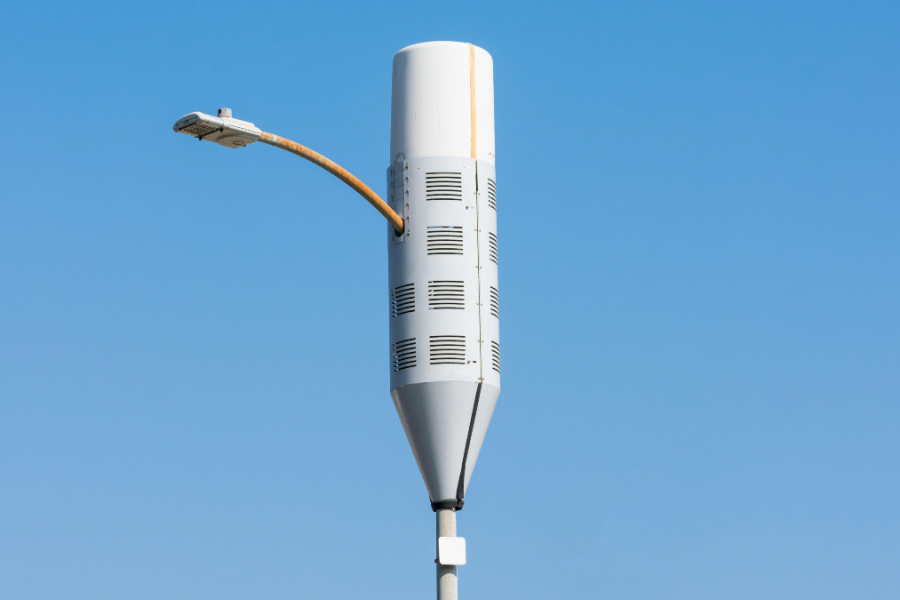Baltimore investigators discover hundreds of slipshod small-cell installations
A new report from the Baltimore City Office of the Inspector General (OIG) found that hundreds of small cell sites in the city were not constructed to city specifications. As a result, the city’s Department of Transportation (DoT) fined the company involved $477,000 for the violations.
However, the IOG’s report does not name the company or companies that conducted the small cell installations. The agency did not immediately respond to questions on the topic from Light Reading.
A wide range of companies are involved in the US small cell industry. Further, those companies often work with local construction firms in order to physically construct new small cell installations. According to a 2019 report in the Baltimore Sun, AT&T, Verizon and Crown Castle were among the companies looking to install small cells in the city. Further, Crown Castle on its website boasts that it has installed over 500 small cell “nodes” in high-density parts of Baltimore, and plans to install an additional 583 locations.
Steps forward and back
Regardless, the issue helps to again shine a light on the difficulties that continue to dog the small cell market in the US. Small cells allow mobile network operators to “densify” their networks; the gadgets are essentially pizza box-size transmitters that often sit atop of light poles, rooftops and other so-called “street furniture.”
Although small cells have been a hot topic in the US in recent years – some estimates pinned growth in the space rising from 86,000 small cells nationwide in 2018 to over 800,000 by 2026, accounting for 80% of future network deployments – there have been indications that big 5G operators in the US have pulled back from widespread small cell installations amid interest in deploying midband spectrum on bigger, macro cell towers.
One issue dragging at small cells in the US is the difficulties and delays some companies encounter in navigating local installation regulations. Indeed, the issue is such that a controversial FCC ruling sought to smooth the small cell regulatory landscape at a federal level.
To read the complete article, visit Light Reading.

















